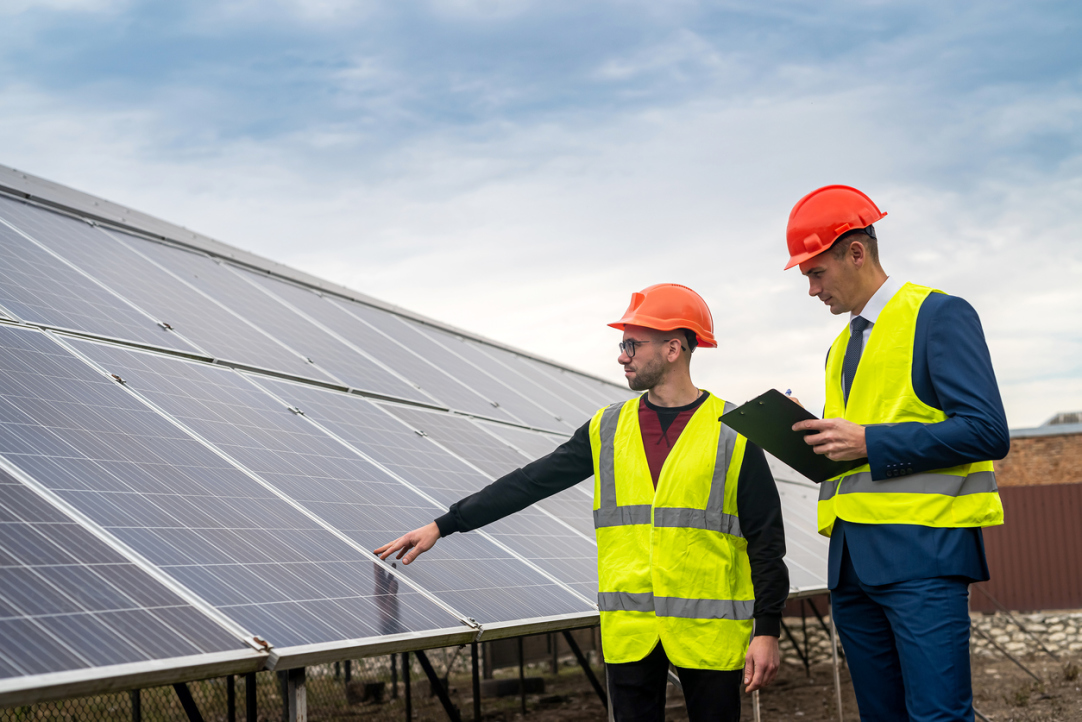Machine Learning Helps Improve Perovskite Solar Cells

A team of researchers from HSE MIEM, LPI RAS, and the University of Southern California have applied machine learning to the analysis of internal defects in perovskite solar cells and proposed ways to improve their energy efficiency. The findings of the study performed on the Cs2AgBiBr6 double perovskite can be used to develop more efficient and durable perovskite-based materials. The paper has been published in the Journal of Physical Chemistry Letters.
Clean, renewable, alternative energy is attracting the attention of both scientists and investors. Over the last 20 years, organic-inorganic perovskites have been a major discovery in the renewables sector. Perovskite – a mineral compound with a specific crystal structure – was first found in 1839 in the Ural Mountains and named after the Russian mineralogist Perovsky. After the introduction of halogen-perovskite solar cells in 2009, their efficiency increased from 3.8% to 25% by 2021. Today, perovskite-based solar cells are competing with more traditional silicon cells.
Perovskite films can be obtained by solution deposition, a simple and inexpensive technology – herein lies their advantage over silicon-based cells and devices which require a complex deposition technique using high-purity silicon on a substrate placed in a vacuum chamber. A major downside of perovskites, however, is that they are prone to degradation when exposed to moisture, atmospheric oxygen, high heat or intense light. Thus, despite some obvious advantages, these compounds are unstable and difficult to work with.
Another issue with perovskites is that lead has been used to improve their efficiency; while making cells more energy efficient, lead is a hazardous toxic substance that requires proper disposal. In fact, the cost of their disposal can exceed the expected benefits from using the cells, and this is the main reason why lead perovskite batteries have never made it to mainstream industrial production.
The challenge today is to discover a compound which is free of toxic lead and unstable organic components but can make highly efficient solar cells. A group of researchers from Russia and the U.S. took up the challenge and examined the properties of Cs2AgBiBr6, a lead-free perovskite.
The compound is a double perovskite that has the formula of A2BB'X6, where A is a large cation (a positively charged ion), B and B' are smaller cations, and X is an anion (negatively charged ion). In this compound, sites B and B' are occupied by Ag and Bi cations. This makes the compound relatively stable, as the risk of the inorganic Cs, Ag and Bi ions reacting with the environment is low. But while Cs2AgBiBr6 is a non-toxic and stable compound, its efficiency is below 3% due to defects in the films.
Such defects can trap photogenerated charges and accelerate their recombination, causing positive and negative particles to collide, annihilate each other and release heat instead of electricity, thus causing a loss of energy efficiency.
In order to find ways to avoid these defects, the researchers examined the process whereby traps acting as charge recombination centres were formed at negatively charged Br vacancies.

Liu Dongyu, research fellow at the MIEM HSE School of Electronic Engineering
‘A bromine (Br) vacancy is the absence of a bromine atom in the Cs2AgBiBr6 lattice. Such defects are the most common ones. Neutral vacancies have little effect on charge loss, but can become traps once they accept electrons and assume a negative charge.’
A large amount of data on defects (tens of thousands of possible configurations) was generated using computer simulations and the application of quantum density functional theory. Since the scale of this data made manual analysis difficult, the researchers used machine learning to determine the movement of atoms leading to trap-assisted charge loss and thus a reduction in the efficiency of solar cells. Based on their findings, the scientists have proposed chemical methods for avoiding the formation of defects in the process of manufacturing the materials.

Andrey Vasenko, Professor at the MIEM HSE School of Electronic Engineering and Deputy Head of the Quantum Nanoelectronics Laboratory
'Machine learning has helped us identify the most important parameters that govern trap-assisted loss (recombination) of charges. Our findings can be used to develop strategies for defect passivation and for manufacturing better materials for perovskite solar cells.'
Andrey Vasenko
Professor, School of Electronic Engineering
Dongyu Liu
Research Fellow, School of Electronic Engineering
